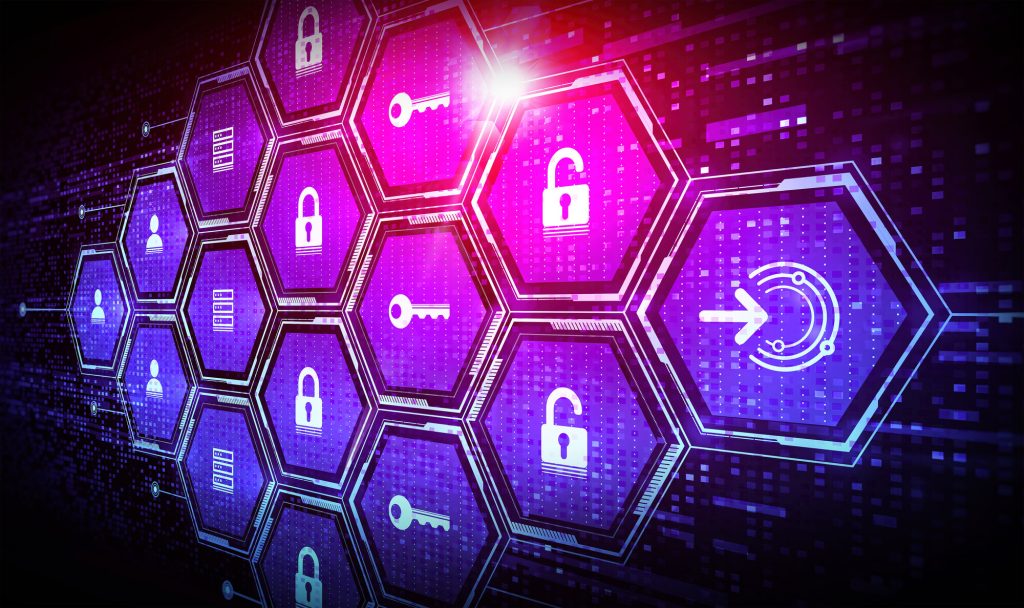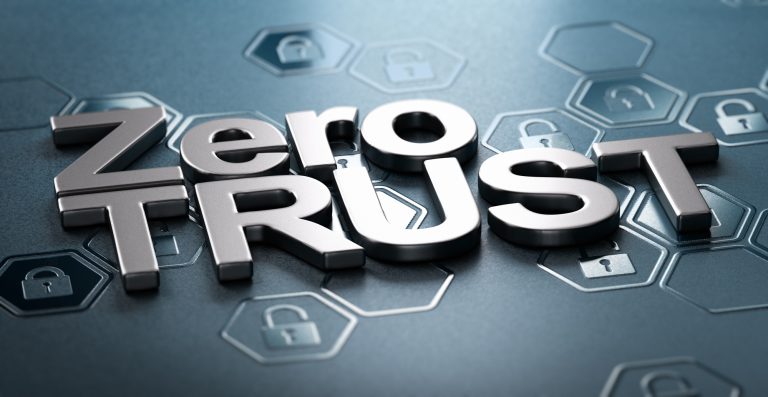- August 31, 2023
- Catagory remote work
Bolster Remote Work Security with Access Management
With remote work here to stay, robust access management is a lynchpin for your security.
And while employee education around security hygiene is more important than ever, training is not enough when it comes to safeguarding the organization against threats that are even more pronounced with remote work. No matter where your employees are working, access management is critical for minimizing and mitigating security threats, especially those caused by people, either due to human error or malicious intent.
More attack surfaces increase chance of unauthorized access

With the rise of cloud computing and the proliferation of endpoints, including smartphones and laptops, the attack surface of every organization has widened significantly and it’s up to your IT team to protect it – that means tracking and protecting every device that connects to your corporate network and accesses sensitive business information.
But even with all the security tools in the world and policies to govern remote work, threat actors continue to exploit human perfection to gain access to systems – you must secure people just as much as you secure your IT infrastructure.
Access management is an essential tool for warding against common techniques for gaining unlawful entry into IT systems like phishing and other social engineering tactics that exploit the people using software and various devices for workplace productivity. No matter how well trained, people are the weakest link, in part because they are unable to keep up with the pace of technology.
If you are to account for the human factor, you need robust access management, especially as passwords have proliferated. It’s hard for people to keep up with the sheer number of passwords they must remember to accomplish their tasks at work, so they take shortcuts. They use the same passwords for multiple platforms, and they keep them overly simple so they’re easier to remember. Employees may even install their own password managers without understanding the best practices necessary for using them effectively and securely.
Combating “password fatigue” means you need a smart approach that allows streamlined access for employees without compromising security.
Access management must be streamlined for everyone
Access management isn’t a new concept – single sign-on (SSO) is a common approach to enable employees to quickly access applications, data, and resources to get their work done. But these solutions must scale up as attack surfaces widen and catch up to the reality of the hybrid workplace.
It must also be simple and straightforward to use, otherwise employees will find workarounds and your organization will be back to square one.
If you want to reduce the burden on your IT team, you need a comprehensive access management solution that will be easy for them to manage. Any platform you adopt should provide you with centralized management of access and passwords that’s simple for you IT people to manage while also being intuitive for end users – if it’s easy for them, they won’t find ways around it, and better security habits will be the result.
An effective access management platform accounts for human behaviour while also keeping pace with the modern hybrid workplace.
We’ve already talked a lot about the benefits of zero trust for securing your organization, but if you’re a small or medium-sized business looking at how to implement zero trust, it can be easy to get overwhelmed.
Your managed service provider (MSP) can be a great resource for implementing zero trust, and all things security, too. And while zero trust can greatly improve your security posture, it’s not the only thing you should be doing.
Implementing zero trust requires technical expertise and dedicated IT staff, and you’ll increase your odds of success if your break down your implementation in smaller, more manageable tasks. Different security vendors offer different frameworks, but regardless of the cybersecurity tools you deploy, implementing zero trust can be broken down into four elements:

- A system for tracking everyone on your network, their location and what applications and data they are accessing
- Selecting security tools, including next-generation firewalls, intrusion detection systems, and identity access management
- Comprehensive guidelines that outline who can access your network and resources, when and from where
- Network monitoring capabilities that track and log all traffic, both external and internal, that can establish a baseline to make it easy to spot suspicious activity and remediate it
A zero-trust model will greatly reduce your overall risk by limiting the impact and severity of a cyberattack. Even if you fall prey to an attack, implementing zero trust will reduce the cost to your business, including penalties related to regulatory compliance. Zero trust also increases visibility for your IT staff because it enables them to see who is on the network and granularly segment access – even employees are strictly managed to only access resources that are related to their responsibilities. In addition, what they are allowed to access requires multifactor authentication.
Implementing zero trust shouldn’t be your only strategy for securing your organization, but it has a high success rate of mitigating the damage caused by threat actors, especially social engineering attacks. A managed service provider can help you get started with the four key elements of zero trust as well as determine what other tools and polices can improve your security posture.




 Latest Blogs
Latest Blogs FAQ
FAQ